Introduction
Pickled pepper brine, a staple in many Asian cuisines, particularly in Sichuan cuisine, adds a fiery, tangy, and umami-rich flavor to dishes. This spicy, vinegar-based condiment is not just for dipping or as a side; it’s versatile enough to be used in marinades, stir-fries, and even as a base for soups and stews. Making your own pickled pepper brine at home allows you to customize the spice level, flavor profile, and ingredients to suit your taste preferences. In this comprehensive guide, we’ll walk you through the entire process, from selecting the right peppers to storing your finished brine, ensuring you end up with a delicious, authentic batch every time.
Section 1: Understanding the Basics
Before diving into the recipe, it’s crucial to understand the fundamental components of pickled pepper brine and their roles.
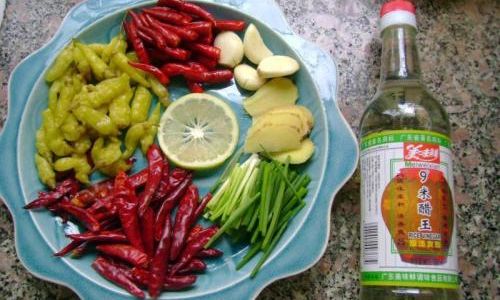
1 Types of Peppers
The cornerstone of pickled pepper brine is, of course, the peppers. Different types of peppers contribute varying levels of heat and flavor:
- Fresh Chili Peppers: These can range from mild jalapeños to fiery habaneros. For traditional Sichuan-style pickled peppers, fresh red chili peppers (such as those used in “paojiao” or “bubble peppers”) are preferred for their color and flavor.
- Dried Chili Peppers: These add depth and complexity to the brine. Sichuan peppercorns, though not traditionally used in making the brine itself, can be added for an aromatic, slightly numbing effect.
2 Vinegar and Acidity
Vinegar is essential for preserving the peppers and creating the tangy taste. Different types of vinegar will yield different results:
- Rice Vinegar: Commonly used in Asian cooking, it has a mild, slightly sweet flavor that complements the peppers well.
- Apple Cider Vinegar: Adds a fruity sweetness that balances the heat.
- White Vinegar: Stronger and more acidic, it’s good for preserving but may overpower the pepper flavor if used excessively.
3 Salt and Sugar
Salt acts as a preservative and enhances flavor, while sugar balances the acidity and heat, creating a more harmonious taste profile.
4 Aromatics and Seasonings
Adding aromatics like garlic, ginger, and shallots can elevate the brine’s flavor. Seasonings such as soy sauce, sesame oil, and even a splash of cooking wine can add additional layers of taste.
Section 2: Preparing the Ingredients
Now that you understand the basics, let’s move onto preparing the ingredients.
1 Selecting and Preparing the Peppers
- Fresh Peppers: Choose firm, brightly colored peppers with smooth skin. Wash them thoroughly under running water and pat them dry with a clean towel. Remove the stems and seeds if you prefer a less spicy brine. For a more intense heat, leave the seeds in.
- Dried Peppers: If using dried peppers, toast them lightly in a dry pan over medium heat until fragrant. This releases their oils and enhances their flavor. Be careful not to burn them.
2 Preparing the Aromatics
- Peel and thinly slice fresh ginger.
- Peel and crush garlic cloves.
- Finely chop shallots or onions, if using.
3 Measuring the Liquid Ingredients
- Measure out the vinegar of your choice. For a standard batch, aim for about 1 cup of vinegar.
- Measure the salt and sugar. A good starting ratio is about 1/4 cup of sugar and 1/2 cup of salt for every cup of vinegar. Adjust to taste.
Section 3: Making the Pickled Pepper Brine
With your ingredients prepared, it’s time to make the brine.
1 Heating the Vinegar Mixture
In a medium saucepan, combine the vinegar, salt, and sugar. Heat over medium-low heat, stirring occasionally, until the sugar and salt are fully dissolved. Do not let the mixture boil, as this can alter the flavor and reduce the effectiveness of the preservatives.
2 Adding Aromatics
Once the salt and sugar have dissolved, add the sliced ginger, crushed garlic, and chopped shallots or onions to the vinegar mixture. Allow it to simmer gently for about 5 minutes to infuse the aromatics into the liquid.
3 Preparing the Peppers for Pickling
While the vinegar mixture is simmering, prepare the peppers for pickling. If using fresh peppers, you can either leave them whole or cut them into strips or small pieces, depending on your preference. For dried peppers, break them into smaller pieces or crush them lightly.
4 Combining Ingredients
Remove the saucepan from heat and let it cool slightly. Carefully add the prepared peppers to the vinegar mixture, ensuring they are fully submerged. If necessary, use a weight (like a small, clean jar filled with water) to keep the peppers submerged.
Section 4: Flavor Adjustments and Customizations
The beauty of making your own pickled pepper brine is the ability to customize it to your liking. Here are some suggestions for flavor adjustments:
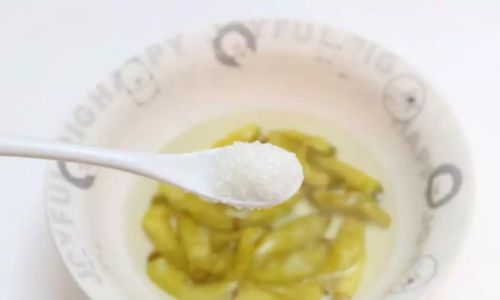
1 Adjusting Heat
- For a milder brine, remove more seeds from the peppers.
- For a spicier brine, leave the seeds in or add more fresh or dried chili peppers.
2 Adding Aromatics and Herbs
- Experiment with adding other aromatics like star anise, cinnamon sticks, or cloves for a more complex flavor.
- Fresh herbs like cilantro or mint can add a refreshing note, but be mindful that they may not hold up well over long periods of pickling.
3 Incorporating Additional Ingredients
- Add a splash of soy sauce or fish sauce for added umami.
- A drizzle of sesame oil can enhance the flavor without overpowering it.
- For a sweeter brine, increase the amount of sugar slightly.
Section 5: Storing and Serving Your Pickled Pepper Brine
Once your brine is ready, proper storage is key to preserving its flavor and texture.
1 Cooling and Transferring
Allow the brine and peppers to cool completely to room temperature. Transfer them to a clean, airtight glass jar or container. Ensure the peppers are fully submerged in the brine.
2 Refrigeration
Store the pickled peppers and brine in the refrigerator. They will continue to develop flavor over time, reaching peak taste after a few days to a week. For best results, consume within a month.
3 Serving Suggestions
- Use pickled pepper brine as a dipping sauce for dumplings, spring rolls, or fried foods.
- Add a spoonful to stir-fries, soups, or stews for an instant flavor boost.
- Marinate meats or tofu in the brine before cooking to infuse them with heat and tanginess.
Section 6: Troubleshooting Common Issues
Even with the best intentions, issues can arise when making pickled pepper brine. Here’s how to troubleshoot common problems:
1 Cloudy Brine
Cloudiness can occur due to natural pectin release from the peppers or insufficient cooling before storing. It’s generally harmless but can be prevented by ensuring the peppers are dry before pickling and allowing the brine to cool completely before transferring it to storage.
2 Soft or Mushy Peppers
Over-cooking the peppers or storing them at too high a temperature can cause them to become soft. Always cook peppers gently and store them in the refrigerator.
3 Too Much Heat
If your brine is too spicy, you can dilute it with a bit more vinegar and sugar, or add some sliced cucumbers or carrots to absorb some of the heat.
4 Not Enough Heat
For a brine that lacks heat, you can add more fresh or dried chili peppers to the jar and let them sit for a few days before enjoying.
Section 7: Experimenting and Innovating
The world of pickled peppers and brines is vast and ever-evolving. Don’t be afraid to experiment with different ingredients, flavors, and techniques. Here are some ideas to inspire your culinary creativity:
- Fermented Pickled Peppers: For a probiotic-rich version, try fermenting your peppers before pickling them. This will add a unique tanginess and complexity to the brine.
- Infused Brines: Infuse your brine with other ingredients like citrus peels, tea leaves, or even spices like cardamom and nutmeg for unique flavor profiles.
- Sweet and Sour Variations: Adjust the ratio of sugar to vinegar for sweeter or more tangy versions of the brine.
- Combining Peppers: Mix and match different types of peppers for a layered heat and flavor experience.
Conclusion
Making your own pickled pepper brine is a rewarding culinary endeavor that allows you to create a versatile, flavorful condiment tailored to your taste preferences. By understanding the basic components, preparing the ingredients
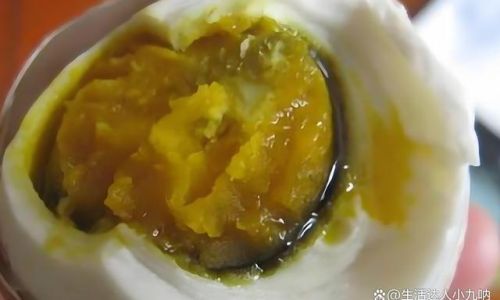
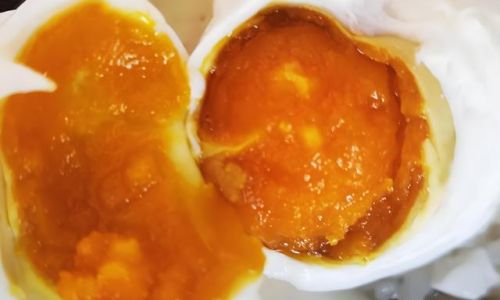
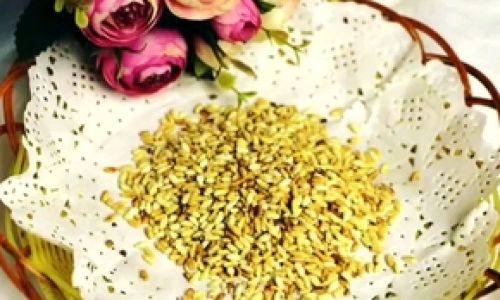
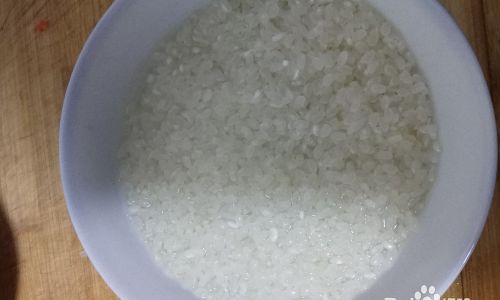
0 comments